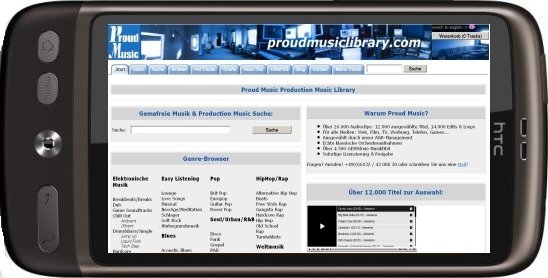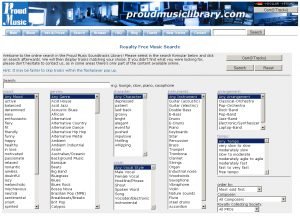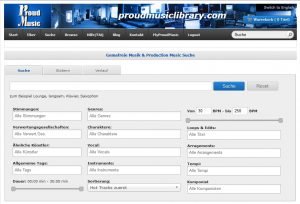This video is an example of a viral video created by the advertising agency Serviceplan in Munich (Germany) for Pattex, a well-known glue produced by Henkel AG Co. & KGaA. The theme, composed and produced by Frank Herrlinger, is called “Loops of Fun”. You can find this and many other titles in the Proud Music Library.
The above is an example of what we have come to know as a viral video. Although originally, the Internet was meant to be used as a scientific tool by the Pentagon and never as the source of communication as we know it (nethistory.info), it has become not only that, but also a vehicle for entertainment, information, and marketing, among other things. In the early to mid ‘90s, viral videos were those people sent as examples of bloopers or funny animations set to known songs like that of B.J. Thomas’ “Hooked on a Feeling” in “Dancing Baby” (also featured in Ally McBeal), and their length was between 19 and 25 seconds long. Nowadays, many product and artist promotions are done through the creation of videos and are easily accessible to anyone through pages such as YouTube. One instant success that comes to mind is Susan Boyle’s appearance on Britain’s Got Talent in 2009 through the promotion of her video on that site. The Pattex advertisement video is clearly another example of the innumerable possibilities that the World Wide Web represents.
Ten film jest przykładem wideo stworzonego przez agencjÄ� reklamowÄ� Serviceplan w Monachium (Niemcy) dla Pattex, znanego kleju produkowanego przez Henkel AG Co. & KGaA. Temat, skomponowany i wyprodukowany przez Frank Herrlinger, nosi nazwÄ� “Loops of Fun”. Ten i wiele innych tytułów można znaleźÄ� w Proud Music Library.






